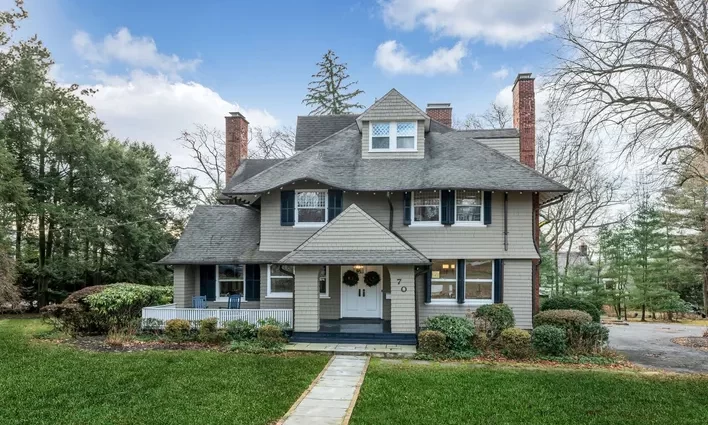With the rising consciousness about environmental sustainability, the real estate industry is going through an unprecedented transition towards sustainability. The concept of sustainable property aka Green real estate is gaining quick momentum and reshaping the approach and practices of modern property development says, Kanat Sultanbekov. In this blog, the readers especially people who are searching for sustainable property will explore the key aspects related to its benefits and standards.
According to Sultanbekov, sustainable property standards provide an outline for investors, building owners, developers, and architects accountable to build constructions that are just not eco-friendly but also foster the well-being of occupants and equally reduce the impact of the traditional practices on the planet. It is high time to understand why considering sustainability in real estate practices has become so crucial.
- Preserving the Environment: Sustainable real estate emphasizes ecologically safe construction methods, energy-saving technologies, and resource-efficient designs. The whole objective is to minimize carbon footprint, promote natural habitats, and alleviate the impact on the environment due to rapid urbanization.
- Promoting Healthy Living: Due to the unique approach of sustainable construction, it will be beneficial for the occupants to enjoy healthy indoor air in green spaces amid ample natural light. Apart from promoting quality of living, being residents of sustainable buildings will also help them stay energy efficient and save money on utility bills.
- Enhancing Property Value: The growing demand for eco-friendly properties will enhance the market value of the property. It will also attract potential tenants and buyers. Therefore, sustainable practice is not merely a moral duty but also a smart financial investment.
Sustainable Real Estate: A Holistic Approach
To design and construct sustainable buildings, property developers need to adopt holistic practices involving environmental obligations, and optimization of resource efficiency in the entire lifecycle of the building. The components and practices adopted in the construction of the building should be eco-friendly, and energy-efficient while minimizing its impact on the nature mother and fostering overall sustainability.
- Consider using recycled steel, timber, and bamboo apart from low-impact alternatives of concrete, etc. that not only contribute to energy efficiency but also make indoor air healthier.
- Apply insulation materials during the construction of the building. With this developers can minimize the use of electricity by preventing the heated and cooled air from escaping.
- Installation of solar panels is a great idea as apart from lowering utility usage and costs, it helps protect nature effectively. These panels need low maintenance but keep the indoor air fresh and ensure every tenant has a sufficient supply of energy.
- Sustainable properties give special emphasis on energy-efficient design at its core while constructing the building. The idea is to optimize the use of natural light, integrating the concepts that promote passive heating and cooling techniques, and lower the dependence on artificial lighting says Kanat Sultanbekov.
- Using energy-efficient lighting fixtures, air-conditioning systems, and appliances. It also encourages the occupants to make use of LED lights and energy-efficient home appliances.
- Green real estate means prioritizing the conservation of water too. Apart from using water-saving as well as energy-efficient plumbing systems throughout the building, many adopt rainwater harvesting systems, and sustainable landscaping to promote an eco-friendly environment and minimize the wastage of water.
In a nutshell, investing in sustainable property can benefit not only the property owner but the people who live there and the environment. By having a look at the features and practices of these green properties, investors can make a sound, eco-conscious, and ethical investment to yield great returns.

